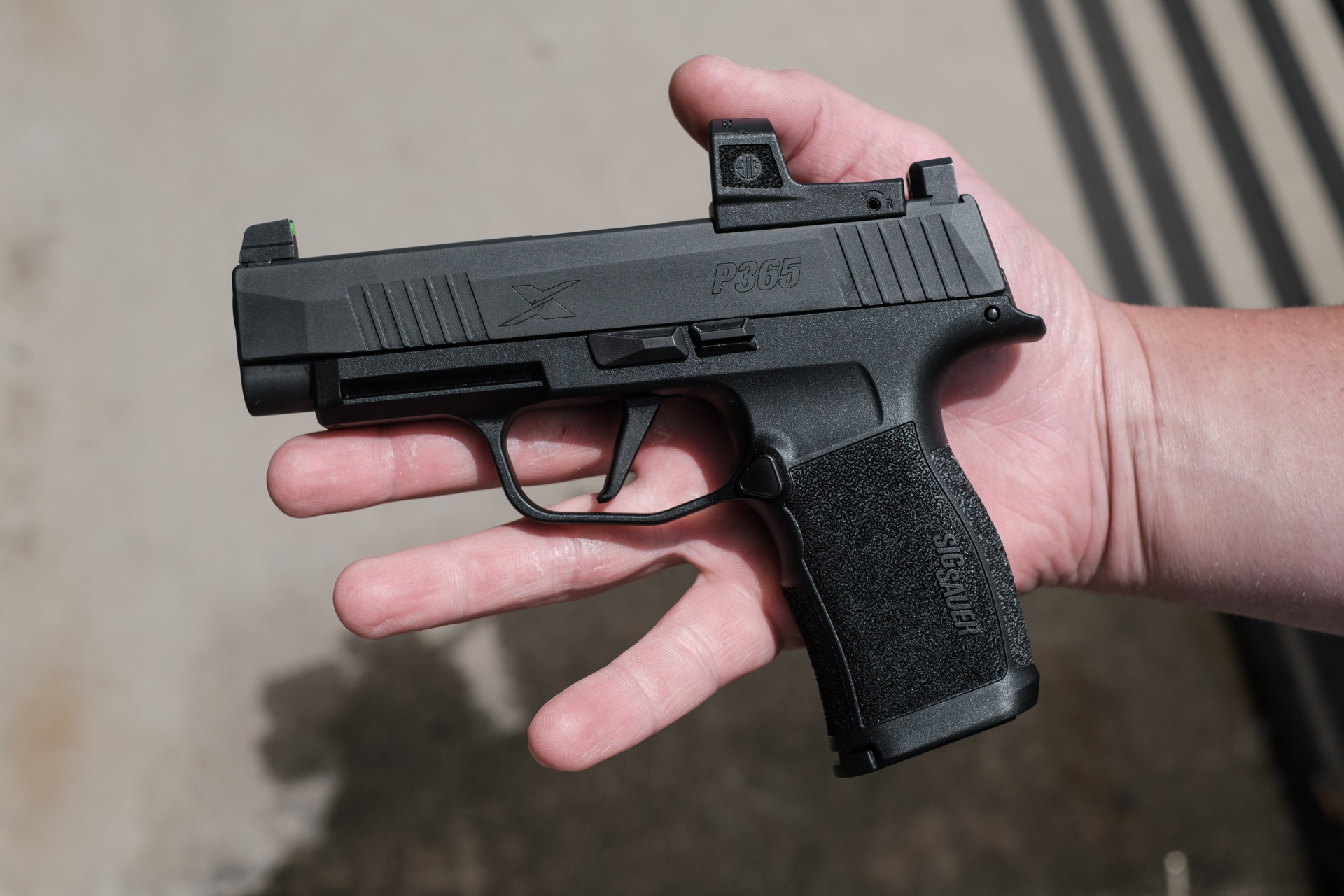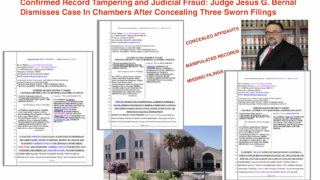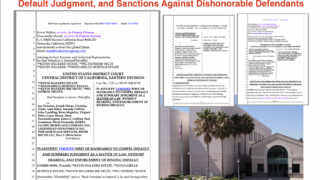
Federal judge blocks key parts of California handgun “Roster” law
LOS ANGELES – A federal judge on Monday blocked key provisions of a California law that drastically restricts the sale of new handguns in the state, saying parts of the legislation violate the Second Amendment.
A lawsuit challenging the law was filed last year by the California Rifle & Pistol Association and other gun rights supporters following a landmark 2022 decision from the U.S. Supreme Court that set new standards for evaluating firearm restrictions. The ruling left many laws aimed at regulating and limiting the sale and use of guns — in California and nationwide — at risk of being struck down.
U.S. District Court Judge Cormac Carney, sitting in Santa Ana, wrote Monday that California’s requirements for new handguns are unconstitutional and cannot be enforced. Because of these restrictions, Carney wrote, no new models of semiautomatic handguns have been approved for sale since 2013 and Californians are forced to buy older and potentially less safe models.v
He issued a preliminary injunction to take effect in two weeks, meaning the state would have to stop enforcing the law. The delay gives the state Department of Justice time to appeal.
“The fact of the matter is, California’s gun safety laws save lives, and California’s Unsafe Handgun Act is no exception,” Attorney General Rob Bonta said in a statement. “We will continue to lead efforts to advance and defend California’s gun safety laws. As we move forward to determine next steps in this case, Californians should know that this injunction has not gone into effect and that California’s important gun safety requirements related to the Unsafe Handgun Act remain in effect.”
In California, state law requires new handguns to have three components: A chamber load indicator, which shows whether the gun is loaded; a magazine disconnect mechanism that will stop the gun from firing if the magazine is not properly inserted; and microstamping capability so law enforcement can more easily link spent shell casings to the guns they were fired from.
“No handgun available in the world has all three of these features,” the judge wrote. “These regulations are having a devastating impact on Californians’ ability to acquire and use new, state-of-the-art handguns.”
Older handguns have been grandfathered into what’s known as the “roster,” or a list of guns that pass a safety test under state law known as the Unsafe Handgun Act.
“Californians have the constitutional right to acquire and use state-of-the-art handguns to protect themselves,” he wrote. “They should not be forced to settle for decade-old models of handguns to ensure that they remain safe inside or outside the home.”
Previous attempts to challenge the state law, filed before last year’s Supreme Court ruling, failed.
Chuck Michel, head of the California Rifle & Pistol Association, said the three requirements were “impossible to satisfy.”
“For decades this ‘roster’ law has deprived law-abiding citizens of the right to choose a handgun appropriate for their individual needs,” he wrote in a statement Monday. “If we can hold on to this great Second Amendment win, people will be able to choose from among thousands of the latest, greatest, and safest handguns made today.”
Only New York also has a similar microstamping requirement, according to gun congrol group Everytown for Gun Safety.
The National Shooting Sports Foundation, the trade association for the firearms industry, hailed the preliminary injunction in a statement Monday.
“For too long, the Second Amendment has been significantly infringed upon by elected officials who have taken every opportunity to put roadblocks in front of law-abiding citizens seeking to exercise their Second Amendment rights,” said Lawrence Keane, the organization’s senior vice president. “The order is the first step in what will be a protracted legal battle, but it is a significant win.”









